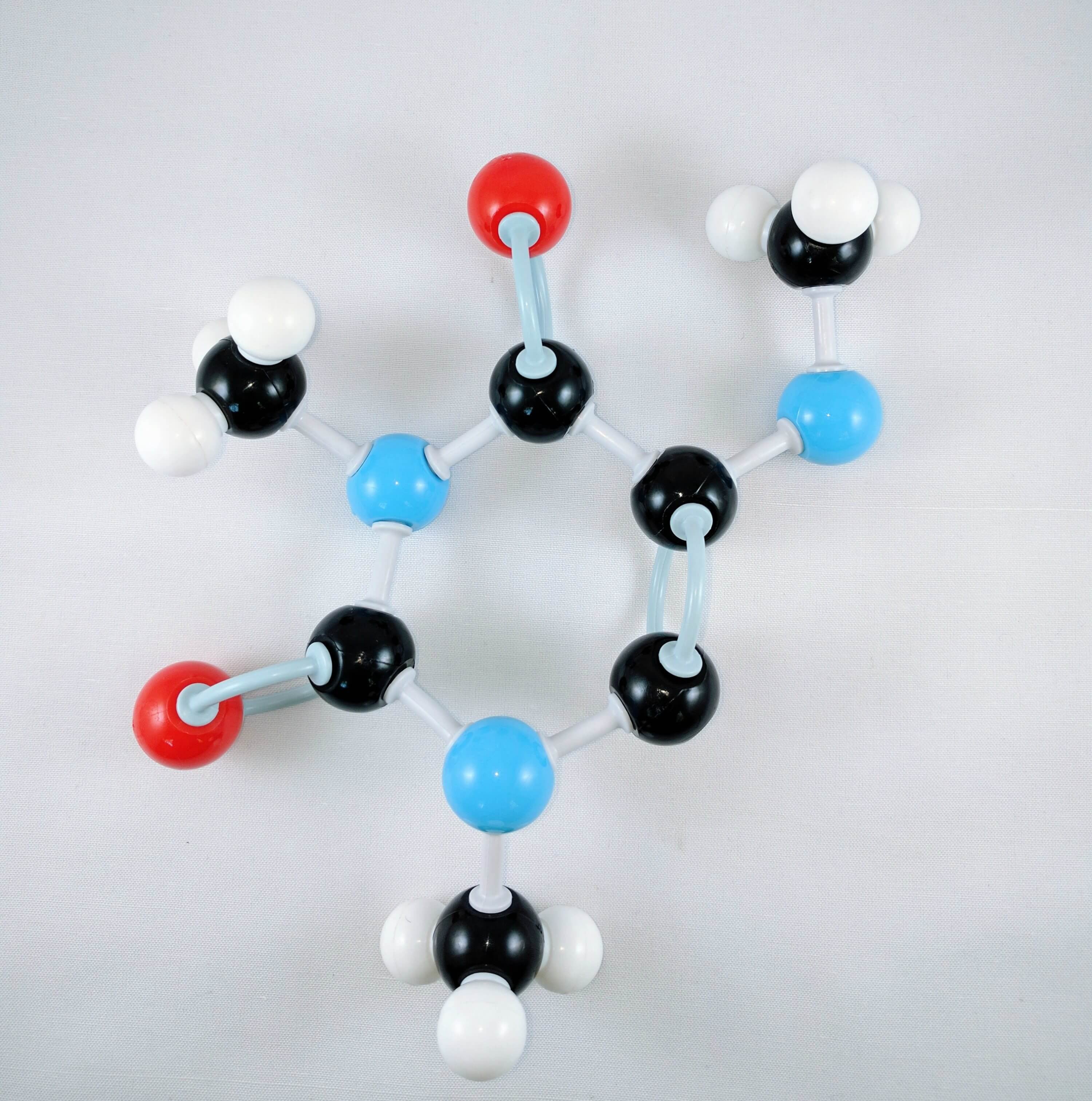
Generally, dark-roast coffee has less caffeine than lighter roasts because the roasting process reduces the bean's caffeine content. The caffeine content in coffee varies widely depending on the type of coffee bean and the method of preparation used. The world's primary source of caffeine is the coffee berry, from which coffee is brewed. In 2020, almost 10 million tonnes of coffee beans were consumed globally. Caffeine-containing drinks, like coffee, tea, and cola, are consumed globally in high volumes. To make these drinks, caffeine is extracted by steeping the plant product in water, through a process called infusion. People may drink beverages containing caffeine to alleviate or prevent drowsiness. The best-known source of caffeine is the coffee bean, the seed of the coffee plant. It also encourages consumption by select animals like honey bees.

These help to guard them against herbivores and from the competition by preventing the germination of nearby seeds. These plants belong to a native of Africa, East Asia, and South America. It is found within the seeds, fruits, nuts, or leaves of a variety of plants.

Caffeine may be a bitter and white crystalline purine that is a methylxanthine alkaloid and is chemically associated with the adenine and guanine bases of desoxyribonucleic acid and RNA.


 0 kommentar(er)
0 kommentar(er)
